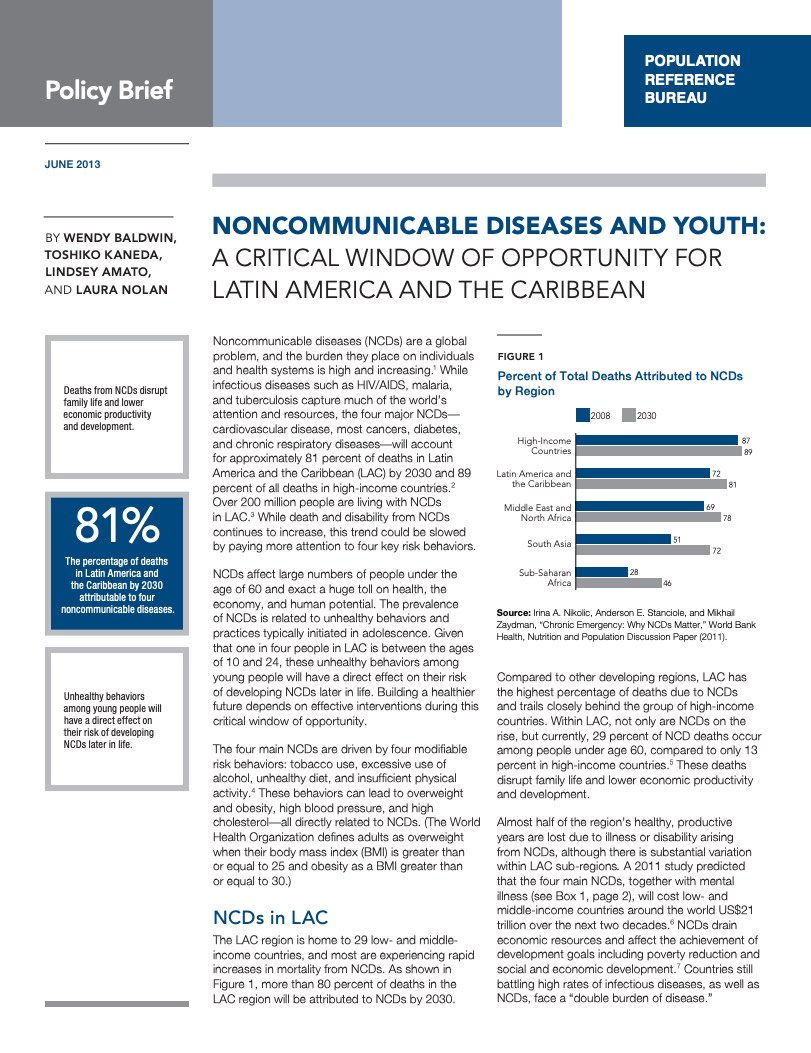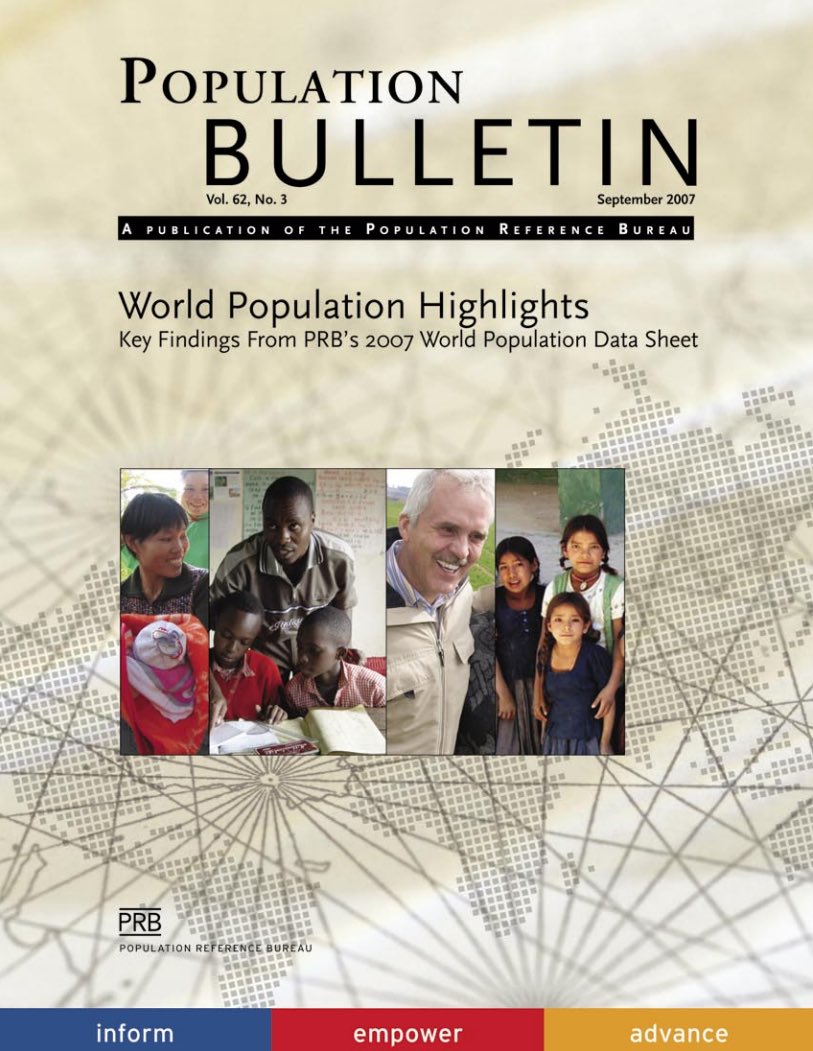606 Search Results Found For : "Дизайн Человека Виктория Джем Рейтинговый Эксперт Дизайн Человека Human Design metahd.ru"

Project: Combatting Noncommunicable Disease Risk Factors in Youth
Noncommunicable Diseases and Youth: A Critical Window of Opportunity for Latin America/Caribbean
(2013) Noncommunicable diseases (NCDs) are a global problem, and the burden they place on individuals and health systems is high and increasing.

World Population Highlights: Key Findings From PRB’s 2007 World Population Data Sheet
2007) In 2005, about 191 million people—3 percent of the world's population—were international migrants, according to UN estimates.

Project: Center for Public Information on Population Research (CPIPR)
Pandemic Lockdowns Disrupted Family Planning and Other Reproductive Health Care Worldwide
In the United States, women from disadvantaged groups faced more barriers to contraceptive care during COVID.
Project: Center for Public Information on Population Research (CPIPR)
Webinar: Adding It Up–The Costs and Benefits of Investing in Reproductive Health Services
Over the past two decades, striking progress has been achieved in making pregnancy and childbirth safer in developing countries.
An East Africa PHE Network Takes Root
In November 2007, an East Africa Population, Health, and Environment (PHE) network took shape at a conference convened by the Population Reference Bureau (PRB) and LEM Ethiopia, the Environment and Development Society of Ethiopia.

